
Map of India by state and Kö ppenGeiger climate classification region.... Download Scientific
Tropical vegetation lining coastal waterways, Kerala state, southwestern India. Tropical evergreen and mixed evergreen-deciduous forests generally occupy areas with more than 80 inches (2,000 mm) of rainfall per year, mainly in upper Assam, the Western Ghats (especially in Kerala), parts of Odisha, and the Andaman and Nicobar Islands.

on an outline map of india mark the following regions of tropical evergreen forests regions of
(A) Temperate India (B) Tropical India Köppen Classification of Climatic Regions Group A: Tropical Humid Climates Group B: Dry Climates Group C: Warm Temperate (Mid-Latitude) Climates Group D: Continental Climates Group E: Polar Climates Group H: Highland Climates Köppen Classification of Climatic Regions of India Conclusion

The Maoist Naxalite Movement Fighters for the Poor or Terrorists? Dorsum The Ethnopolitcal
The tropical wet climate region of India refers to the two Islands Andaman and Nicobar, Lakshadweep, Western Malabar region and south Assam. The tropical wet region is the wettest in the country that maintains the humidity throughout the year due to the high amount of rainfall in the monsoon season.

mark the following on political map of india 1)tropical evergreen forest 2)tropical deciduous
Latitude India's centre region is east-west oriented along the Tropic of Cancer. Thus, the northern portion of India is in the subtropical and temperate zone, whilst the southern portion is in the tropical zone. The tropical zone has high temperatures all year round with a limited daily and annual variation due to its proximity to the equator.
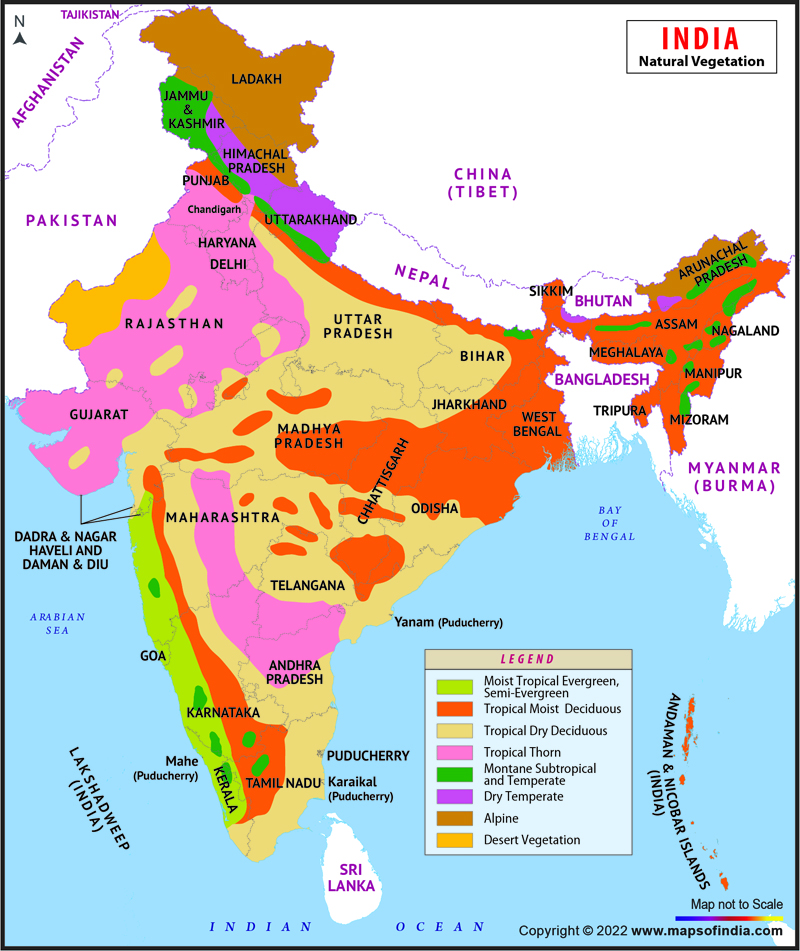
Indien Orographie Karte
Major states where tropical deciduous forests are found: Madhya Pradesh. Uttar Pradesh. Chattisgarh. Odisha. Maharashtra (Some Parts) The humidity in these forests lie in the range of 80-90 per cent. 30 degree Celsius is the average temperature of tropical deciduous forests.

Map Of India Forest Maps of the World
Climate Zones in India 1. Hot and Dry Climate Characteristics 2. Warm and Humid Climate Characteristics 3. Composite Climate Characteristics 4. Temperate/Moderate Climate Characteristics 5. Cold Climate Characteristics World Climate Zones and Climate Zones in India Let us explore the various climate zones in the world and in India.

Tropical Deciduous forests in India Toppr Bytes
Tropical Deciduous Forests are one of India's five types of natural vegetation.Being a tropical country (a country that lies in the zone between the Tropic of Cancer and the Tropic of Capricorn), the tropical deciduous forest is the most widespread in India; around 65.6% of the total forest is covered in tropical deciduous forests.

Seven climatic zones of India Download Scientific Diagram
The tropical vegetation of north-east India (which includes the states of Assam, Nagaland, Manipur, Mizoram, Tripura and Meghalaya as well as the plain regions of Arunachal Pradesh) typically occurs at elevations up to 900 metres (3,000 ft).
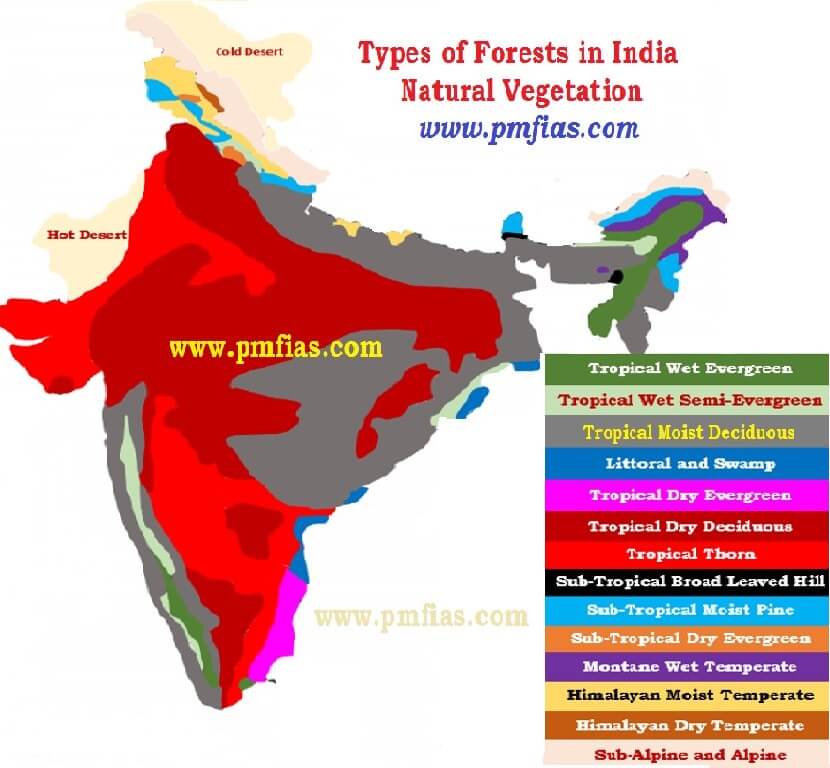
Natural Vegetation of India Moist Tropical, Dry Tropical, Montane Subtropical, Montane
Tropical Evergreen Forests. The tropical evergreen forest in India is essential to the wildlife ecosystem, which is known for providing natural habitat to many species of birds, animals, and insects, particularly endangered species such as owls, hawks, cardinals, and mammals such as possums, racoons, deer, and others.
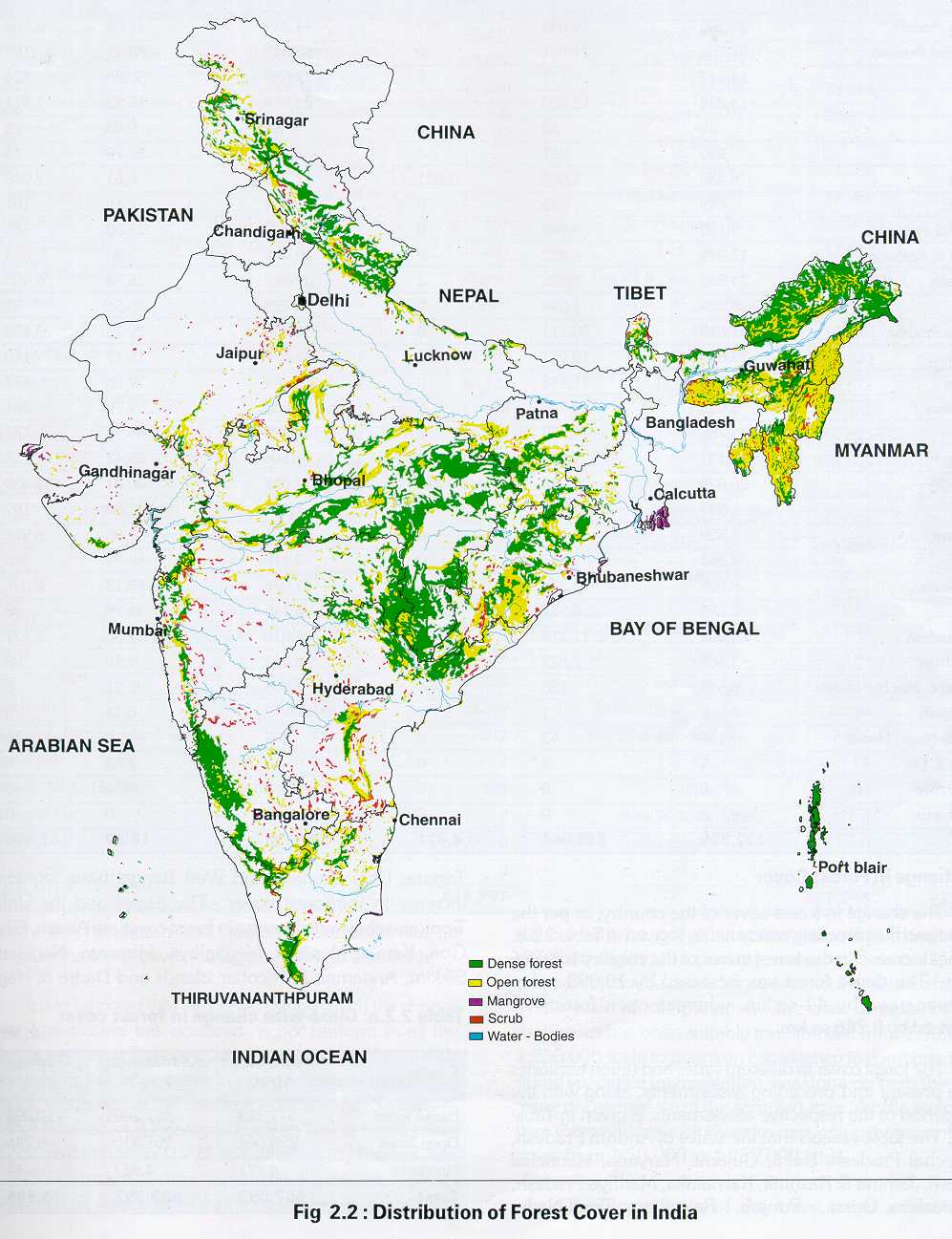
Indian Forests Nature Developers
The climate of India comprises a wide range of weather conditions across a large geographic scale and varied topography, making generalizations difficult. Analyzed according to the Köppen system, India hosts six major climatic subtypes, ranging from desert in the west, to alpine tundra and glaciers in the north, to humid tropical regions supporting rainforests in the southwest and the island.
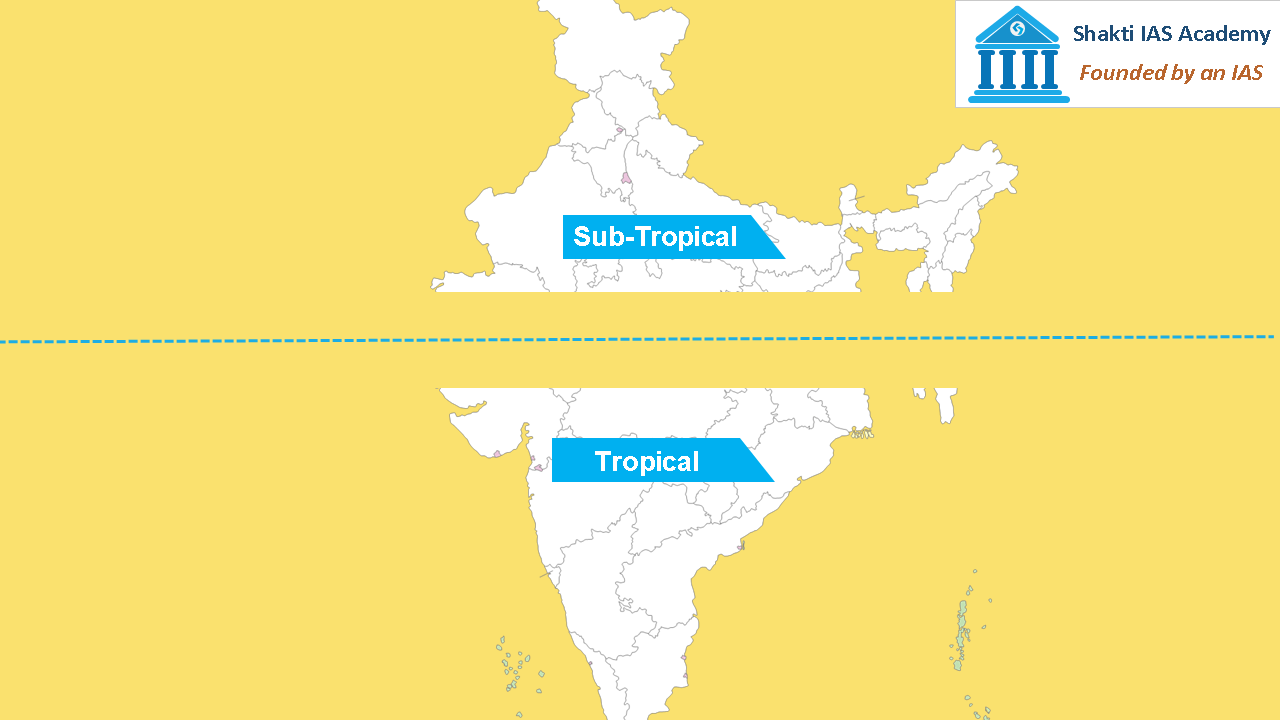
Indian Map With Tropic Of Cancer
The Malabar Coast Tamil Nadu The Climate Zones in India according to Koeppen's Classification The 9 climate regions in India according to Koeppen Classification Amw: Monsoon type with short dry winter season As: Monsoon type with dry season in summer Aw: Tropical Savanna type Bshw: Semi-Arid Steppe Type Bwhw: hot desert type

🌈 Climate classification of india. Climatic Regions of India (With Maps). 20190307
Lekha Bhat, Aswathi K. R & Louis Rice 4130 Accesses 5 Citations 26 Altmetric 3 Mentions Explore all metrics Abstract Indian coastal regions have often been affected by frequent climate-induced natural disasters such as cyclones, floods, droughts and other related hazards in recent decades.

Vegetation type map of India. Download Scientific Diagram
Ecological Regions Of India Elephants in the wetlands of Kaziranga National Park in eastern India's Assam state. India has a vast range of forests, alpine and sub-alpine areas, and temperate and subtropical regions, while tropical ecosystems cover 17% of its area. These can be further divided into totally 162 different kinds of vegetation based on climate, soil, topography and biotic factors.

India Map State Wise India map, States of india, India world map
Arunachal Pradesh. We cannot deny the fact that this beautiful state is also one of the least-explored states in India and with around 80% of forested area, it is also one of the greenest states in India. Even though the exact history of this magnificent state is unknown, it is believed to be in existence since the times of Lord Krishna as you.

When? Indian Story Time
Based on Koeppen's method (Fig 13.31), India can be divided into the following climatic regions: 1. Monsoon type with short dry season (Amw) 2. Monsoon type with dry season in summers (As) 3. Tropical savannah type (Aw) 4.
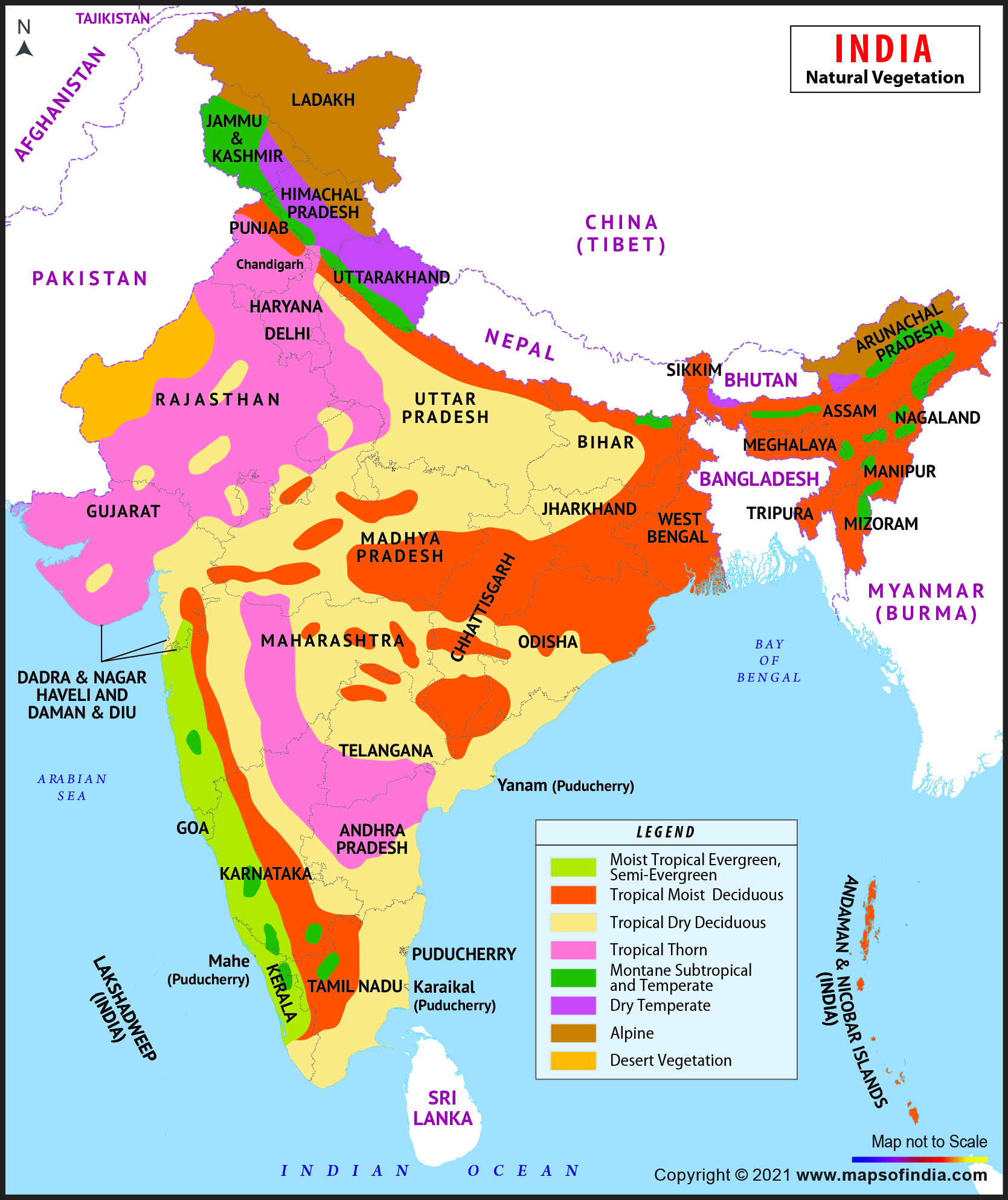
NATURAL VEGETATION OF INDIA Environment of Earth
On average around 2 to 4 tropical cyclones impact India every year, while most of these tropical cyclones impact the east coast of Indian states of West Bengal, Odisha, Andhra Pradesh, Tamil Nadu . From the 1960s to the mid-2000s, 65% of global tropical cyclone fatalities were located in the Bay of Bengal.